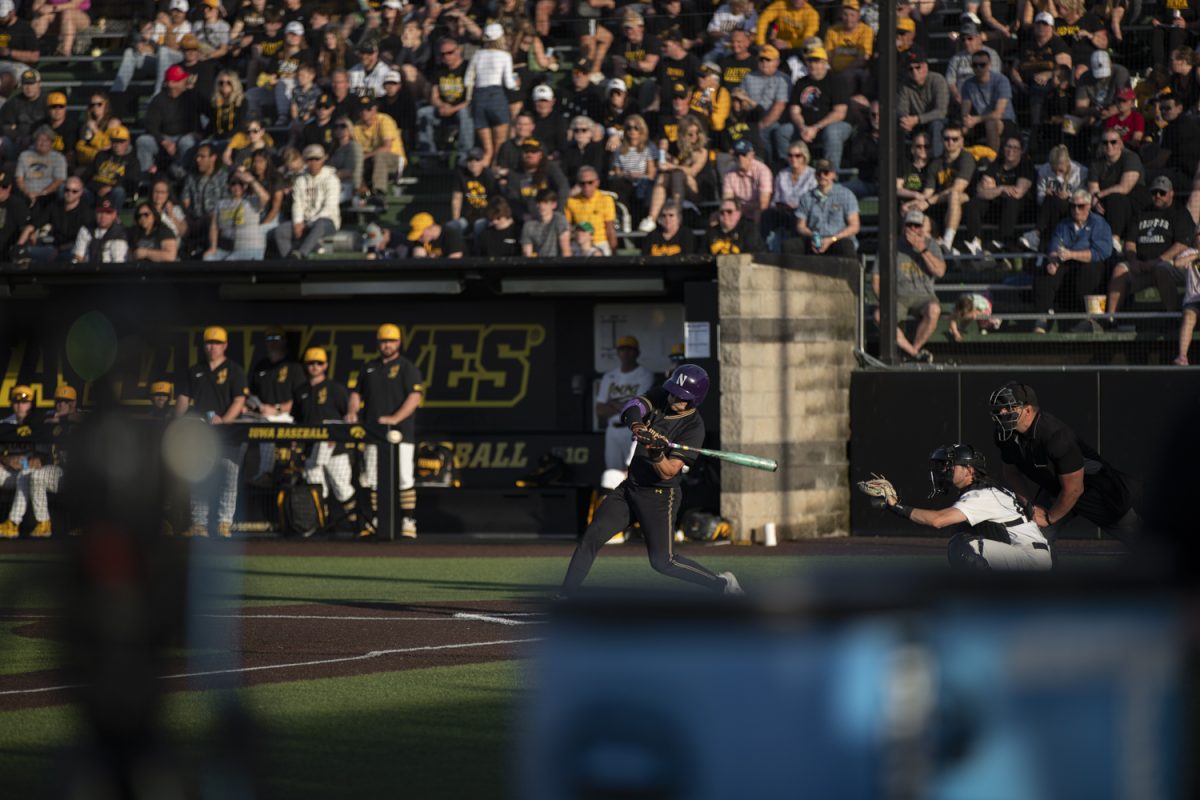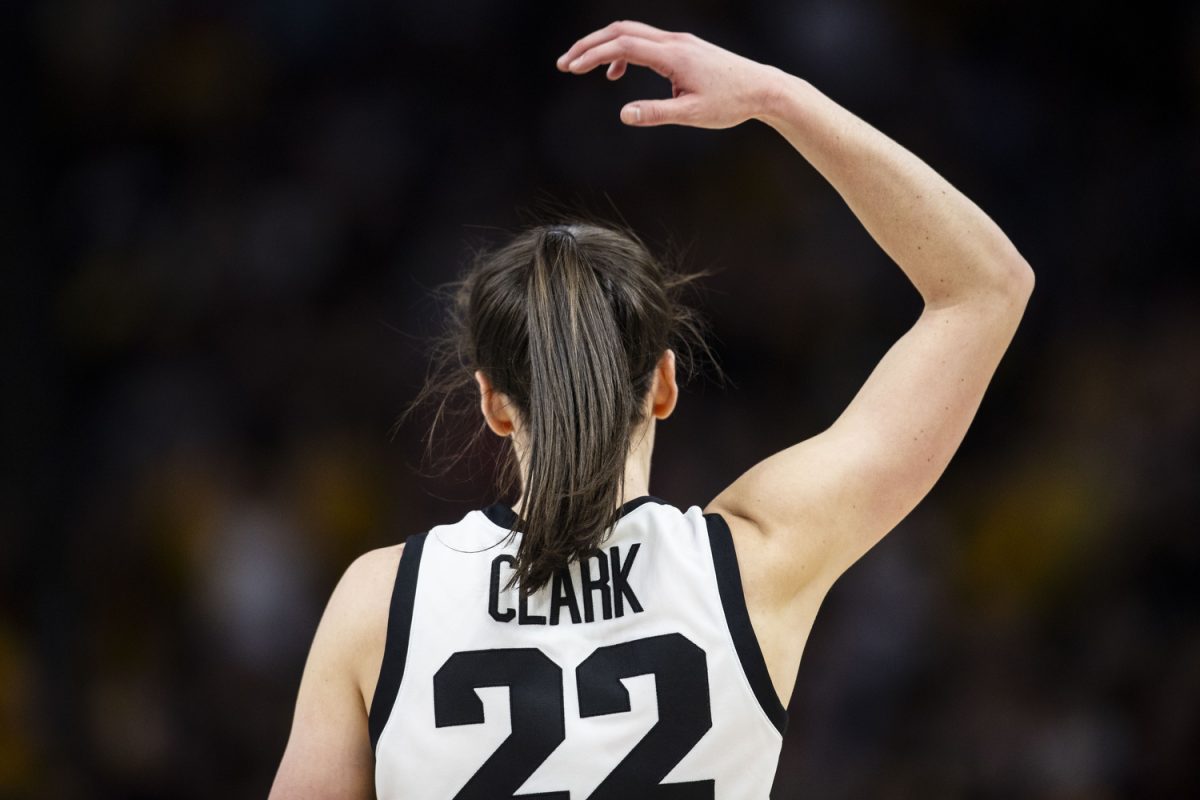The Iowa men’s tennis team is in the middle of perhaps the most difficult schedule in program history.
The Hawkeyes are playing a slate featuring 14 ranked teams, nine in the Big Ten.
Head coach Steve Houghton, now in his 31st season at the helm of Hawkeye tennis, said the 2012 schedule is "by far, in my years of coaching, the hardest."
Houghton expected his team would be able to successfully navigate through the difficult calendar, but that hasn’t been the case so far this season. Iowa is winless against all five ranked opponents it has faced, with losses coming to No. 18 Illinois, No. 43 Drake, No. 47 Arkansas, No. 57 Dartmouth, and No. 73 DePaul.
"We knew there were going to be some losses this year, even if we had all of our manpower going," Houghton said. "Part of my scheduling was my belief in [the players] character-wise, so if we did run into tough competition, [they] could hopefully handle it the right way."
The Hawkeyes are 1-8 and still have to face nine ranked opponents in the regular season, six of which call the Big Ten home: No. 2 Ohio State, No. 20 Michigan, No. 29 Indiana, No. 49 Northwestern, No. 54 Nebraska, and No. 66 Minnesota.
With this in mind, the team has started to make adjustments in practice with the hopes that they will better prepare the Hawkeyes for the intense competition that lies ahead.
"We’re trying to find something that makes us click leading into the Big Ten," Will Vasos said.
Scheduling is an important factor in whether a team reaches the postseason; the teams able to defeat top competition on a weekly basis are the teams invited to the NCAA Tournament. That’s why Houghton gave his team such a difficult task entering the year, he said.
"It’s all about getting into the NCAA Tournament," he said. "It’s computerized, which means if we beat the ranked teams, then we’re going to make it."
Just being in the Big Ten is enough to raise a team’s tournament profile: The league features seven nationally ranked teams, including four in the top 30.
The conference’s strength boils down to several factors, the first being the schools’ branding. The Big Ten features 11 major public institutions; the smallest, Nebraska, still has a student enrollment of 24,593.
"Every school is pretty popular, with their football programs and such," senior Tom Mroziewicz said. "They don’t have much trouble recruiting good kids."
Houghton said tennis is experiencing a rise in popularity that has lead to an "arms race" for quality head coaches; that, in turn, has made the conference stronger than ever before.
"Big Ten coaching jobs have become very much in demand," he said. "In my time, this is the best group of coaches."
Four-year starter Vasos has seen a rise in the caliber of play — both in the Big Ten and throughout the country — and said he believes tough schedules are becoming the norm.
"College tennis has gotten better as a whole," he said. "The schedule is great, and it was inevitable to have to play as many good teams as we have."
Houghton said he knows the schedule is arduous and losses will happen, but he feels the real test is in whichever meet follows a defeat.
"It’s how you’re going to handle the losses," he said. "Are you going to recognize that it’s going to make you better in the end playing good teams? Or worse if you just can’t handle the losing?"






